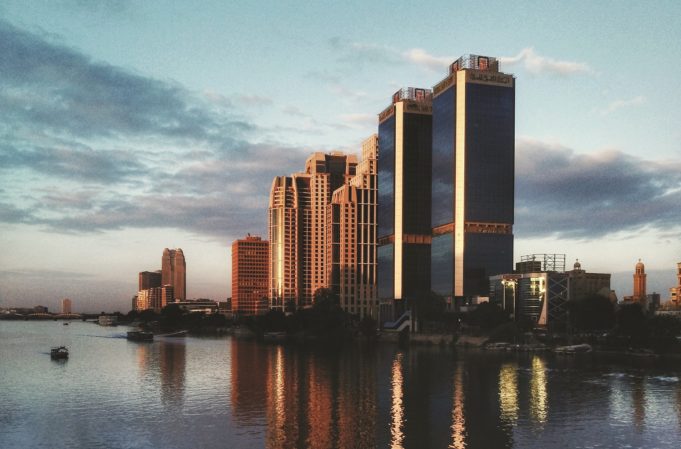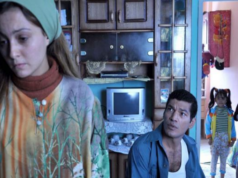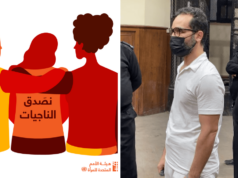Most Egyptians have already headed to the beach getaways. But for those who are stuck in Cairo for any reason, worry no more! You are lucky enough to be residing in one of the wealthiest destinations in the world, culturally. Cairo always has something to offer, and we are here to show you where to look to have the equivalent of beach fun: City fun!
Gayer Anderson Museum
Adjacent to Ahmed Ibn Tulun mosque, Gayer Anderson art museum is a historical treasure chest; it’s totally different from any other museum you’ve visited in Cairo. Between 1935 and 1942, this museum used to be Major R.G. Gayer Anderson’s house. The orientalist British soldier was in the Egyptian army. The museum is known to be one of the best-preserved examples of the domestic architecture of the 17th century in Cairo. Fond of the oriental culture, Gayer has filled his house with pieces of furniture from Turkey, Persia, Syria as well as Egypt. His collection includes items from various historical periods and ranges between carpets, crystals, embroidered Arab costumes, glassware and silks as well as works of art. The Egyptian government declared the house as a museum in 1937.
Khan el Khalili Market
Established as a shopping district in AD 1400, Khan El Khalili located in Old Cairo provides one of the world’s greatest shopping experiences ever. From antiques, handmade carpets, stained glass lamps, handmade silver and copper accessories to silverware, gold artifacts and spices; the souk is a breathtaking place. Besides that, the cultural and historic structures in the area will make you feel like you’ve stepped back in time to medieval Cairo.
And after you shop till you drop, you can relax at one of the historic cafes located in the area, such as El Fishawy or Naguib Mahfouz. If you’re lucky enough, you can catch one of the many culture carnivals that take place there. You can also pay a visit to Wekalet el Ghouri, where the Tannoura show is held 3 times per week.
Gems of Downtown
Cairo wasn’t nicknamed the “Paris of the East” for nothing. If you want to take a glimpse of late 19th century Cairo, you got yourself a date. Don’t miss out on the empty streets on weekend mornings and take advantage of the fact that Egyptians are late risers. Wander in the downtown area and observe. The entire district has drop-dead gorgeous architecture, with some of the best belle époque buildings especially around Talaat Harb square. Not to mention the Abdin Palace located on the western edge of downtown, now open as a museum to the public.
Bab Zuweila
The most interesting gate of the Islamic Cairo district is undoubtedly Bab Zuweila. Built in the 11th century, it is one of the three remaining gates in the walls of the Old City of Cairo. What’s special about this gate is that climbing to its top will give you an amazing rooftop view over Islamic Cairo.
Previously a dungeon, the mosque of Sultan Al Muayyad was built to the west of Bab Zuweila. While still a prisoner, Sheikh Al Mahmudi had vowed to build a mosque in place of the dungeon if he was ever released. Rose to become Sultan of all Egypt with the name of Muayyad, Al Mahmudi had stuck to his promise and destroyed the dungeon and built a new mosque in the same location.
Salah El Din Square
Sultan Hassan and Al Rifae are the two grand mosques facing each other in Midan Salah El Din. On one hand, the mosque and madrasa of Sultan Hassan is not only an example of the finest Mamluk architecture ever, but it is also one of the largest mosques in the world. Combining elegance, beauty and strength, the mosque and madrasa will give you shivers with its magnificence and multiplicity of decoration.
On the other hand, Al Rifae mosque, known as the royal mosque, was built in 1912 to replicate its older neighbour with the main aim of housing the tomb of Khedive Ismail Pasha. The mosque also served as the resting place of Khushyar Hanim, Khedive Ismail’s mother, Sultan Hussein Kamel, King Fouad and king Farouk as well as Reza Shah of Iran.
Sakkara Pyramids
As one of the most untouched extensive archeological sites in Egypt, Sakkara was the primary necropolis of Memphis, the ancient capital of the country. The site boasts one of the oldest stone structures in the world, the Step Pyramid of King Zoser, dating back to 2700 BC. Alongside the step pyramid dominating southern Sakkara, another 16 pyramids are located in the northern area and are dominated by the pyramid of King Titi and the Mastaba tombs of the old kingdom. A small piece of advice: Dahshur complex lies south of Sakkara so it is totally feasible to visit both sites on the same day.
Dahshur Complex
With more palm trees and fields and much fewer traffic and cars, Dahshur area – a part of greater Cairo – is located 60 KM from central Cairo. The Dahshur complex is home to three pyramids: black, white and red. As Egypt’s first smooth pyramid, the bent pyramid – aka the black pyramid – is the most impressive one due to its very distinctive shape. The red pyramid in Dahshur is the third largest pyramid in Egypt; it is the only one where visitors are allowed to enter to explore its internal fascinating construction and impressive architecture.
Fun Fact: These pyramids were part of a process of experimentation; Ancient Egyptians actually redefined their technique later on to create more majestic structures.
In the end, this is just a short list of the wealth of cultural treasures within our amazing city. Every corner of Cairo is literally stuffed with ancient gems, historic treasures, marvelous architecture, eccentric museums and splendid ruins. Give your city a chance to unveil its magic and get ready to be dazzled. Be a tourist in your own city!



















